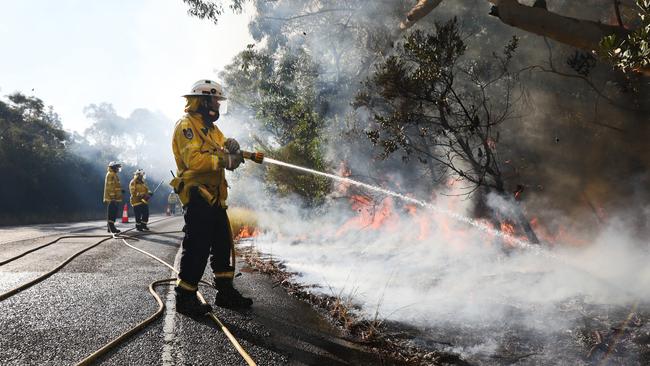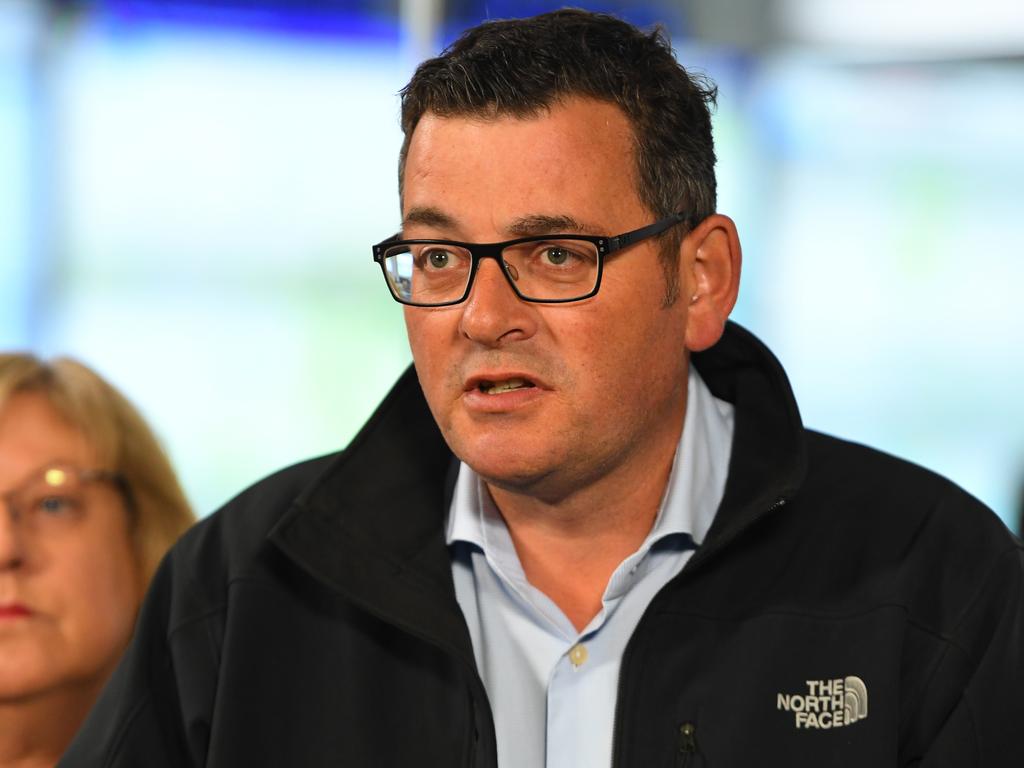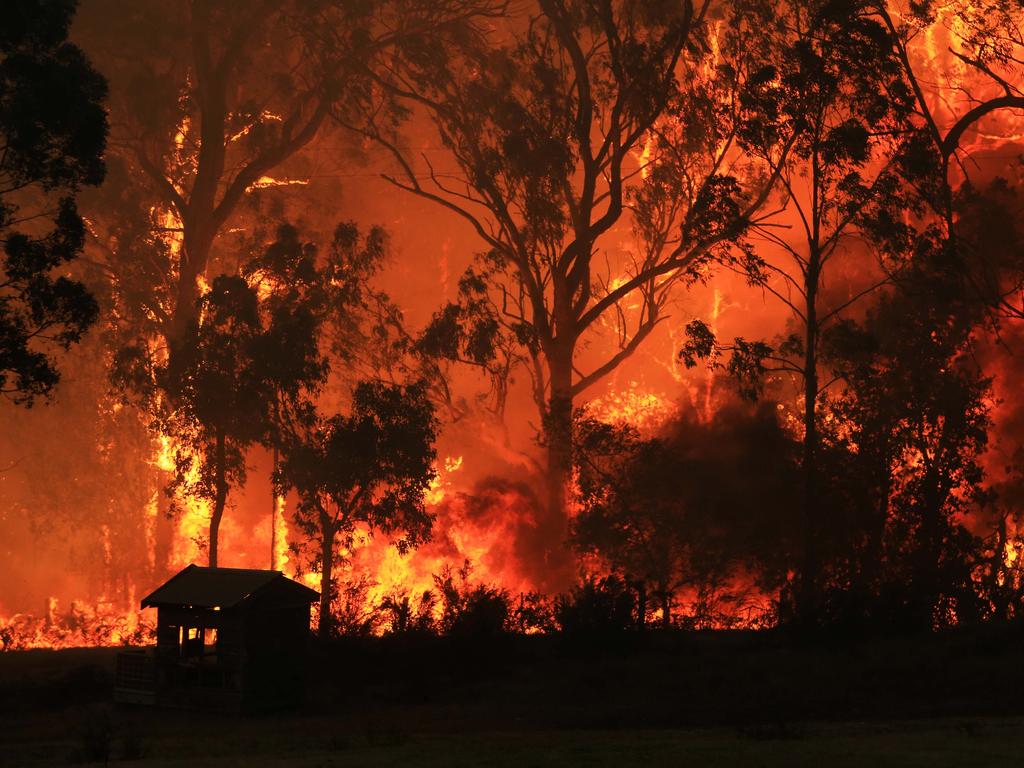Back-burns delayed; interstate crews struggled to communicate
Critical back-burns were delayed due to communication issues between command centres and fire grounds, a royal commission has heard.

Critical back-burns were delayed because of communication issues between command centres and crews on the ground, the bushfires royal commission has heard.
Adam Barnett, the CEO of Volunteer Fire Brigades Victoria, said there was a “strong view” among volunteers that the responsibility for important decisions had “swung too far” towards incident control centres.
He said back-burns were one of the most serious tasks volunteer firefighters undertook and “unfortunately with the increasing liability these days, it’s probably the longest thing to get approval for”.
Counsel assisting the commission Trent Glover said the inquiry has been told there was a sense of urgency in rolling out consistent communication platforms and compatible equipment for interstate crews.
It was heard Victoria’s Country Fire Authority crews could not interact with any of their NSW counterparts during their interstate deployment because they did not have compatible communication equipment.
Samford Rural Fire Brigade’s policy co-ordinator John Stalker gave evidence that effective communication between different state and territory responders had been near impossible.
“It’s extremely hard, it is extremely frustrating and we are not even close to interoperability,” he said in reference to the ease of interstate crews coming to assist. He said it could get “extremely awkward” when it came to trying to maintain effective communication.
The issue, Mr Stalker said, was exacerbated by the roar of the flames.
“You heard the noise that was generated by that fire … it is a very dangerous environment, often very difficult terrain, lots of noise coming from the fire, from vehicles, you’ve got heat, poor visibility, dust … everything that can interfere with communication.”
Captain of NSW’s Mount Irvine Rural Fire Brigade Beth Raines said the differences in equipment meant that some appliances weren’t able to replenish their water supplies because they didn’t have the adaptors necessary to connect to garden hoses.
“These vehicles are designed to be agile and get around the back of people‘s properties,” she said of the brand new vehicles. “Bit useless if you can’t fill them up.”
She also slammed Telstra for failing to do more to protect its critical telecommunication infrastructure.
Captain Raines said Telstra failed to heed warning and didn’t undertake any preparations.
She said it fell upon community members to notify the telco when a facility had gone down, which was near-impossible without any mobile coverage.
Ms Raines said she had raised the issue with Telstra in recent days and blasted them for not taking the issue seriously.
“Their response was just buy satellite phone. You know, they’re not taking it seriously,” she said. We as a community and a brigade this is very serious to us but it just seems that they‘re not taking it seriously.”
Andy Wood from South Australia’s Council of Australian Volunteer Fire Associations said that in his state lighting back-burns required incident control approval because those centres were best placed to understand the broader context of the whole fire ground.
“If permission was given at a very low level to a lot of back then that person wouldn’t necessarily know what was happening with crews out the other side of the hill or you know, or something like that.”








To join the conversation, please log in. Don't have an account? Register
Join the conversation, you are commenting as Logout